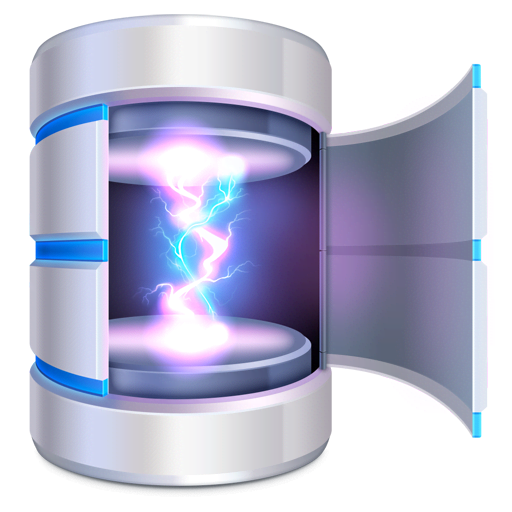

WordPress stores blog posts in the wp_posts table and users in the wp_users table. To finish out this relational concept, let’s make it specific to WordPress… For example, the database for the WordPress site below has 44 separate tables! An example of different tables in MySQL If you’ve ever looked at your WordPress site’s database, you’ll see that it uses this relational model, with all of your data divided into separate tables.īy default, WordPress uses 12 separate tables, but many WordPress plugins will also add their own tables. Instead, you’d use something 100% unique, like a numerical ID number. It’s important to note that a key is not the customer’s name. Using something called a “key”, you’re able to link the data from these two tables together so that you can manipulate and combine the data in different tables as needed. That’s where the relational part comes in. However, you’d probably also want to be able to say “show me all the orders for John Doe”. To solve those problems, a relational database would use one separate table for customers, and another separate table for orders. No organization – how do you reliably connect order information to customer information?.Duplicate data – each customer has a name, and each order also has the name of a customer.

Different data – the data that you need to collect for an order is different than that for a customer.

If you tried to lump all that data together into one big pot, you’d have a few problems like:
Mysql querious how to#
Suggested reading: How to Fix the “MySQL Server Has Gone Away” Error in WordPress and How to Fix the MySQL 1064 Error. MySQL is just one popular system that can store and manage that data for you, and it’s an especially popular database solution for WordPress sites. For a WordPress site, that “data” is stuff like the text of your blog posts, information for all the registered users at your site, autoloaded data, important settings configurations, etc. That’s the short, one sentence answer to the question of “what is MySQL”, but let’s break that down into terms that are a little more human-friendly.Ī database is just a structured collection of data that’s organized for easy use and retrieval. MySQL is an open source SQL relational database management system that’s developed and supported by Oracle.


 0 kommentar(er)
0 kommentar(er)
